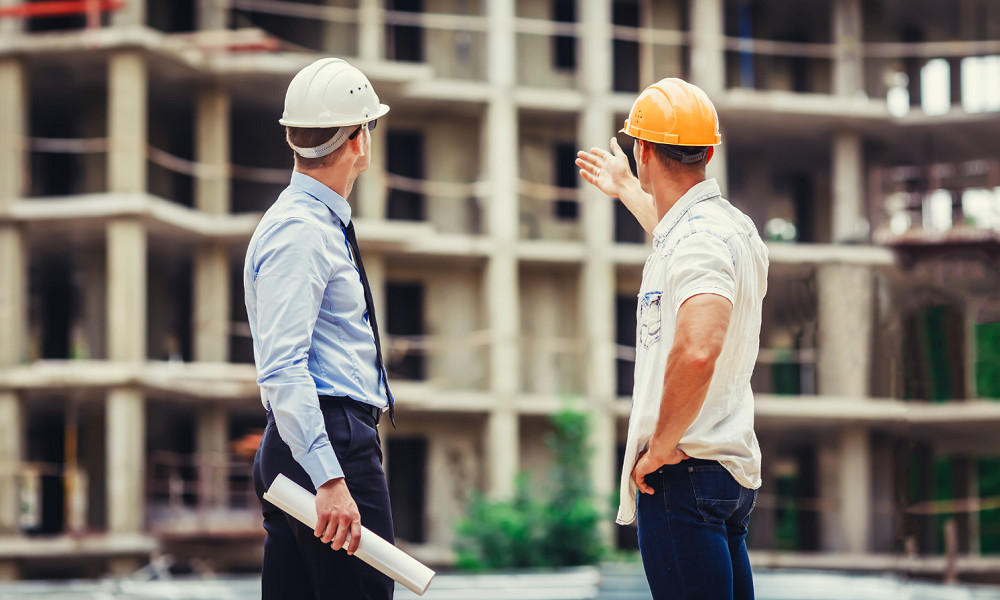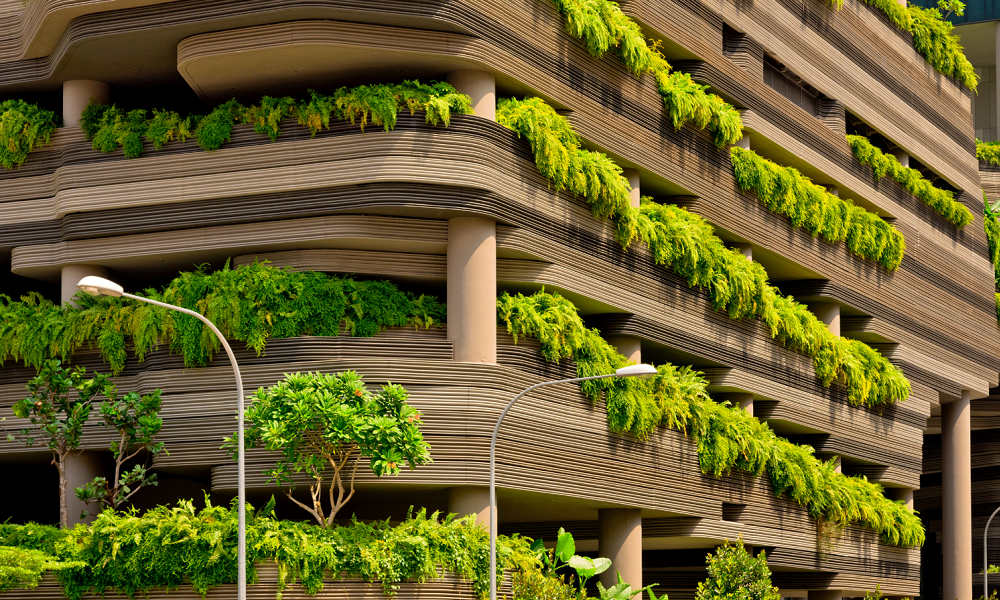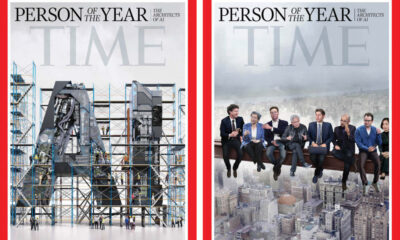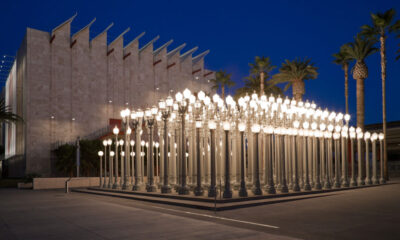Reviews
How Sustainable Architecture Is Shaping Tomorrow’s Cities

The climate crisis has become one of the defining challenges of our time, and few industries feel its impact as directly as construction and urban development. Cities are responsible for more than 70 percent of global carbon emissions, and buildings alone account for nearly 40 percent of energy consumption worldwide. Against this backdrop, sustainability in architecture is no longer a niche ambition, it has become a necessity. From skyscrapers to suburban homes, the built environment must evolve to meet the urgent demands of a warming planet.
Rethinking materials and resources
One of the most significant steps in sustainable design is the reconsideration of building materials, and this is where the role of an architectural studio becomes central. Traditional concrete and steel are resource-intensive and produce massive amounts of CO₂ during their life cycle. In response, new solutions are emerging: recycled steel, low-carbon concrete, and cross-laminated timber are gaining momentum in projects across the globe. These alternatives not only reduce emissions but also bring a lighter environmental footprint. For many projects, the use of natural, locally sourced materials is another way to cut down on transportation emissions and support regional economies.
At the same time, the push for circular construction, where materials can be reused or repurposed after a building’s life cycle, is becoming a central philosophy. This approach challenges the old “build, use, demolish” mindset and replaces it with a more regenerative way of thinking.
Energy efficiency at the core

Energy is the lifeline of any city, and how buildings consume it is critical to achieving climate goals. Architects and planners are increasingly focusing on energy-efficient design that minimizes consumption without compromising comfort. Passive design strategies such as strategic window placement, natural ventilation, and effective insulation help reduce the need for artificial heating and cooling. Solar panels, geothermal systems, and green roofs are no longer experimental features but mainstream choices.
A building that generates as much energy as it consumes, often called a “net-zero” building, is becoming the gold standard. In several cities, governments are even mandating that new public buildings meet net-zero requirements within the next decade. What once seemed futuristic is rapidly becoming the baseline expectation.
The rise of green urban planning
Sustainability doesn’t stop at the building’s front door. Urban planners are increasingly tasked with designing entire neighborhoods that promote environmentally friendly lifestyles. Walkable streets, integrated bike paths, efficient public transit, and mixed-use developments all contribute to reducing a city’s carbon footprint. Green corridors, networks of parks, gardens, and tree-lined boulevards, are becoming vital parts of city planning, offering both ecological benefits and improved public health.
The integration of green infrastructure also helps cities adapt to climate change. Permeable pavements reduce flooding risks, while urban forests mitigate heat islands. These innovations show that sustainable architecture is not only about reducing emissions but also about resilience in the face of future challenges.
Economic realities and challenges
Despite the progress, sustainable architecture faces real obstacles. Eco-friendly materials often come at a higher cost, and retrofitting older buildings to meet modern standards can be prohibitively expensive. In many regions, the lack of skilled labor and regulatory frameworks slows adoption. Yet, the long-term economic case is strong: green buildings typically consume less energy, require less maintenance, and increase property value. For governments, subsidies and incentives can help bridge the gap, making sustainability accessible for developers who might otherwise shy away.
Looking ahead
The path toward greener cities is clear, even if it’s not without challenges. The construction sector must innovate rapidly to align with international climate goals, and architecture will remain at the forefront of that transformation. Every architectural practice now faces the dual responsibility of creating spaces that are both functional and environmentally sound.
Sustainable design is not just about saving energy or reducing emissions,it’s about creating places where people can thrive. From the materials chosen to the way entire neighborhoods are planned, each decision shapes the future of urban living. In the coming years, architecture will continue to act as both a mirror of society’s values and a tool to push them forward. And if current trends are any indication, the cities of tomorrow will not only be smarter and more efficient but also greener, healthier, and more humane.

-

 Health1 week ago
Health1 week agoFrance confirms 2 MERS coronavirus cases in returning travelers
-

 US News6 days ago
US News6 days agoMagnitude 7.0 earthquake strikes near Alaska–Canada border
-

 Entertainment1 week ago
Entertainment1 week agoJoey Valence & Brae criticize DHS over unauthorized use of their music
-

 Legal3 days ago
Legal3 days agoShooting at Kentucky State University leaves 1 dead and another critically injured
-

 Business2 days ago
Business2 days agoUnpublished TIME cover suggests AI leaders may be named Person of the Year
-

 Legal1 week ago
Legal1 week agoWoman detained after firing gun outside Los Angeles County Museum of Art
-

 Entertainment1 week ago
Entertainment1 week agoSeveral countries withdraw from 2026 Eurovision after Israel is allowed to participate
-

 US News1 week ago
US News1 week agoErroneous earthquake warning triggers alerts across California




